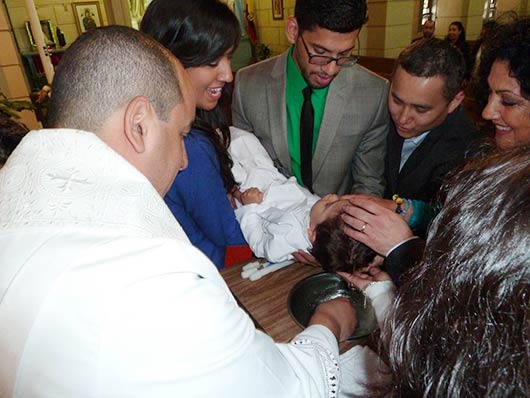
My child is not doing well in school, but I know he’s a smart kid and is interested in learning. After school, I help him with his homework, but he seems to really struggle with reading (or math). I can’t put my finger on what’s wrong, but I have my suspicions…
Does this sound like you? If so, it might be time to explore the possibility of a learning disability—which is actually more common than most people realize. In fact, it is estimated that up to 15% of people suffer from dyslexia alone.
But what should you do if you suspect that your child might be struggling with a learning disability?
First, it’s important to know what exactly a learning disability is and is not. The term learning disability is considered an umbrella term under which a number of learning disorders exist. They are the result of a neurological disorder that causes the brain to process and interpret information differently. All of these relate directly to how a person receives, processes, recalls and communicates information, but each one centers around a specific area.
DYSLEXIA
Dyslexia is perhaps the most commonly recognized disorder, and affects reading skills such as letter recognition, reading comprehension, and fluency. You can learn more about dyslexia by downloading this Dyslexia Toolkit created by the National Center for Learning Disabilities (NCLD).
Read Related: Facts About Dyslexia
DYSGRAPHIA
Dysgraphia affects a person’s ability to spell and write, both of which require a complex combination of fine motor skills and the ability to process and communicate information. It may or may not occur in conjunction with dyslexia. The International Dyslexia Association has put together this excellent fact sheet to help parents understand dysgraphia and it includes activities to help children cope.
DYSCALCULIA
Children who struggle with math concepts may be suffering from dyscalculia. From number recognition to math applications such as adding and subtracting, the signs of dyscalculia vary from person to person. Dyscalculia.org offers a number of resources including books, apps, and online tools to parents and people struggling with the disorder.
DYSPRAXIA
Dyspraxia affects a person’s ability to complete tasks that require fine motor skills. Typically this learning disability occurs in conjunction with others. NCLD has an informative article discussing the warning signs, effects, various categories, and possible treatments.
In a video created for the NCLD, learning disabilities expert Dr. Sheldon Horowitz says that it is important to note that learning disabilities are NOT a result of poor vision or hearing, nor do they equal an intellectual disability or emotional disturbance. In addition, they are not the same as a child diagnosed with autism.
Keep in mind that most people struggle with learning at some point in their lives. But a learning disability is a result of a learning disorder, such as those mentioned above, and requires some sort of intervention. Most learning disorders can be managed using new learning techniques and exercises.
The National Center for Learning Disabilities has a comprehensive website that provides tools and other resources for parents, teachers, and professionals. If you suspect your child may have a learning disability, you may want to use the checklist that they’ve created as a helpful guide to see if you should seek further assistance from LD professionals. Talk with your child’s teacher to get his or her opinion and find out whether your child is exhibiting any of the warning signs in class.
And what if your child is diagnosed with a learning disorder? The good news is that with early recognition and intervention, they can get back on track with their peers and go on to achieve academic success.











